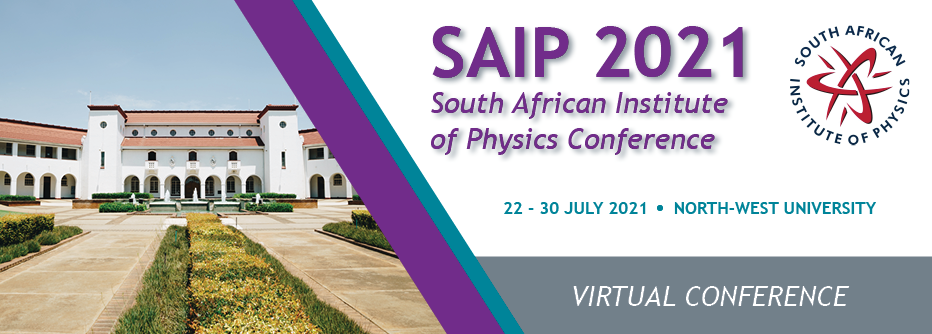Speaker
Description
Previously, we have discussed Bell correlations in a relativistic setting and the possibility of using these to detect weak forces between particles. Now a theoretical description of quantum entanglement in terms of relativistic quantum mechanics is presented. Essentially, in non-relativistic quantum mechanics, entanglement leads to a non-local correlation between 2 particles. This was shown by John Bell in 1964 when he derived an inequality that should hold for all possible correlations that could be described by classical local realism. However, it turns out that the predictions of quantum mechanics can violate this inequality and these predictions have subsequently been confirmed experimentally, hence these correlations must be non-local. Bell’s original calculation was only done for non-relativistic quantum mechanics but there have been some recent authors who have tried to do the calculation for relativistic quantum mechanics. What they have found is that the Bell correlations in relativistic quantum mechanics are altered slightly from the non-relativistic case. For example, the measurement of the Bell correlations from a lab frame in a Lorentz boost perpendicular to the centre of momentum frame produces a correlation that differs from the maximum violation by the Wigner angle (i.e. the angle produced by combining 2 Lorentz boosts in special relativity). While at first sight, it appears as the the correlation is weakened, one can in fact recover the maximal violation of the Bell inequality by adjusting the directions of measurement relative to each other by this Wigner angle. So in fact, the maximal violation of Bell’s inequality is preserved but in different directions. This effect was the centrepiece of our previous work published in SAIP conference proceedings because we showed that if there were accelerations between the entangled particles (probably due to forces between the particles), it could potentially produce a measurable effect. Now we’re putting this work on a more theoretical footing, by calculating the effect in the language of relativistic quantum mechanics by making use of Dirac spinors and the Schwinger-Tomonaga equation.
Apply to be considered for a student ; award (Yes / No)?
Yes
Level for award;(Hons, MSc, PhD, N/A)?
Phd

